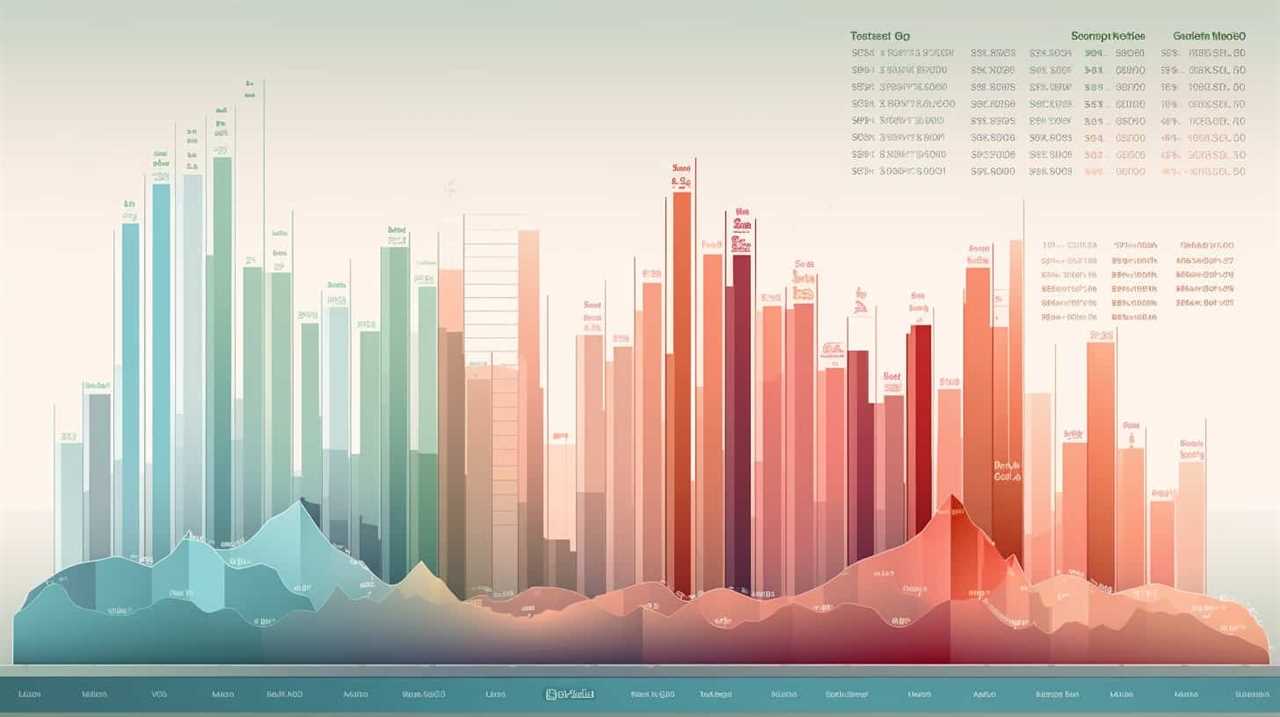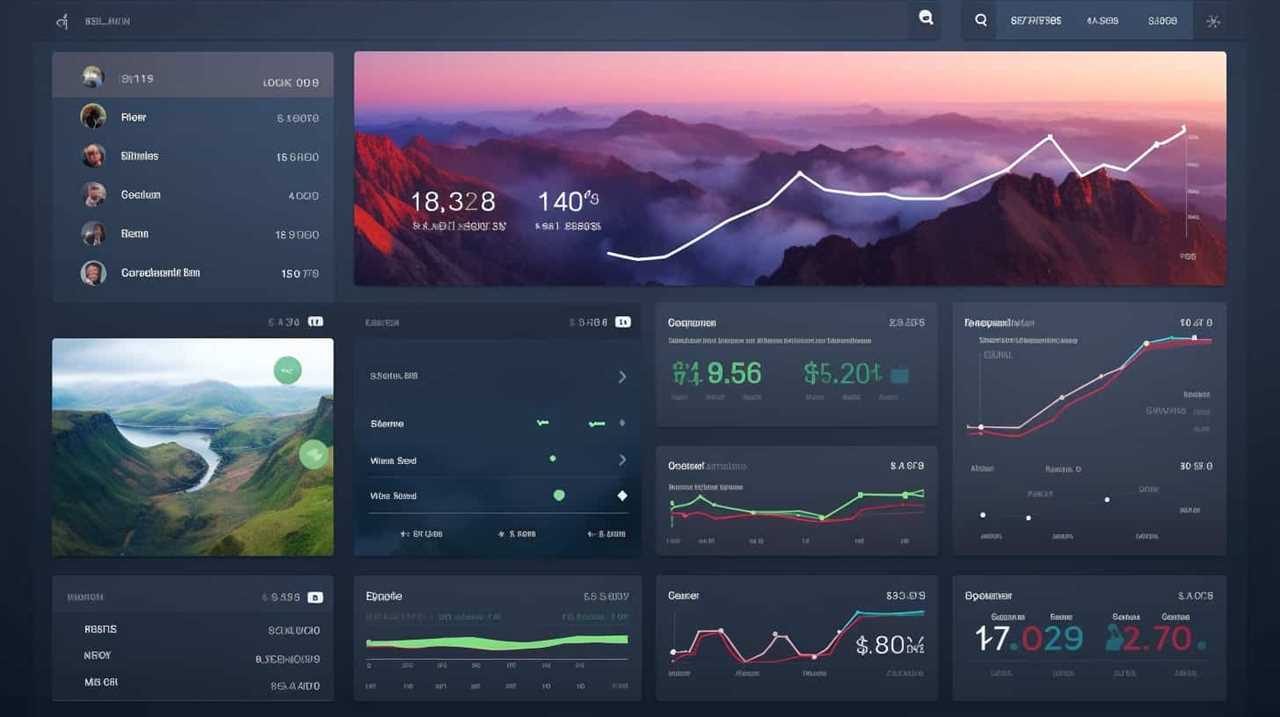Want to master the art of conducting technical SEO audits? Look no further! This article guides you through the necessary steps and provides you with the essential tools and techniques to improve the technical SEO elements of your website.
From evaluating website speed to analyzing crawlability and indexability, we’ve got you covered.
Get ready to dive into the world of technical SEO and take your website’s performance to the next level. Let’s get started!
Key Takeaways
- A technical SEO audit helps identify and fix issues that may be hindering a website’s performance and visibility in search engine results.
- By addressing these issues, a website can improve its overall performance and increase its chances of ranking higher in search engine results pages.
- A technical SEO audit also enhances the user experience, encouraging visitors to stay on the site longer.
- By staying ahead of competitors and identifying improvement opportunities, a technical SEO audit can boost search engine rankings and drive more organic traffic to the site.
Importance of Technical SEO Audit
One of the main reasons we conduct a technical SEO audit is to ensure that our website is optimized for search engine rankings and user experience. A technical SEO audit provides numerous benefits that can greatly impact the success of our online presence.

Firstly, it helps us identify any technical issues that may be hindering our website’s performance and visibility in search engine results. By addressing these issues, we can improve our website’s overall performance and increase our chances of ranking higher in search engine results pages.
Secondly, a technical SEO audit allows us to ensure that our website is user-friendly and provides a seamless browsing experience. By optimizing our website’s structure, navigation, and load speed, we can enhance user experience and encourage visitors to stay on our site longer.
Finally, conducting a technical SEO audit enables us to stay ahead of our competitors by identifying opportunities for improvement and implementing strategic changes to our website. It helps us uncover hidden potentials and make data-driven decisions that can boost our search engine rankings and drive more organic traffic to our site.
To conduct a technical SEO audit, we must follow several steps. Firstly, we need to evaluate our website’s technical infrastructure, including its server response codes, XML sitemaps, robots.txt file, and crawlability. Next, we should analyze our website’s on-page elements, such as meta tags, headers, URLs, and content optimization. Additionally, we need to assess our website’s mobile-friendliness and ensure that it’s responsive and optimized for mobile devices.

Preparing for a Technical SEO Audit
To prepare for a technical SEO audit, we need to gather all the necessary information and tools. This step is crucial as it sets the foundation for a successful audit.
Firstly, we must identify common technical SEO issues that could be affecting our website’s performance. These issues could include broken links, slow page load times, duplicate content, and improper use of meta tags. By understanding these issues, we can prioritize our efforts and address them accordingly.
Secondly, we need to evaluate our site structure to ensure it’s optimized for search engine crawlers. This involves analyzing our URL structure, internal linking, and navigation menus. An effective site structure can enhance our website’s visibility and accessibility, leading to improved rankings in search engine results.
Evaluating Website Speed
We will now evaluate our website’s speed to determine if it’s optimized for optimal performance. Improving user experience and mobile optimization are crucial factors in today’s digital landscape.

Evaluating website speed involves analyzing various aspects of the site’s loading time and responsiveness. Here are two key areas to consider:
- Page load time: We’ll measure the time it takes for each page to fully load, including all the elements such as images, scripts, and stylesheets. Slow load times can lead to a poor user experience and higher bounce rates.
- Mobile optimization: We’ll assess how well the website performs on mobile devices. With the majority of internet users accessing websites on their mobiles, it’s essential to ensure that the site is mobile-friendly and loads quickly on smaller screens.
By optimizing website speed, we can enhance user experience and improve mobile performance. This sets the foundation for a successful SEO strategy.
Now, let’s move on to analyzing crawlability and indexability.
Analyzing Crawlability and Indexability
Now, let’s delve into the analysis of our website’s crawlability and indexability to ensure that search engines can effectively access and index our content. To evaluate the crawlability of our website, we need to examine the website architecture and identify any issues that may hinder search engines from crawling our pages. This includes checking for broken links, ensuring proper URL structure, and optimizing XML sitemaps. Additionally, it is crucial to identify duplicate content, as it can negatively impact our website’s indexability. Duplicate content can confuse search engines and dilute the ranking signals. By conducting a thorough analysis and resolving any crawlability and indexability issues, we can improve our website’s visibility and increase organic traffic.

| Analysis | Importance | Action Required |
|---|---|---|
| Website Architecture | High | Optimize URL structure |
| Broken Links | Medium | Fix broken links |
| XML Sitemaps | High | Optimize XML sitemaps |
| Duplicate Content | High | Identify and remove duplicate content |
Optimizing Technical SEO Factors
One important factor to consider when optimizing technical SEO is the proper implementation of structured data markup. Structured data markup helps search engines understand the content and context of a webpage, resulting in improved visibility and higher rankings.
To optimize technical SEO factors, it’s also crucial to focus on improving website architecture. This involves organizing content in a logical and hierarchical manner, making it easier for search engines to crawl and index the site.
Additionally, fixing broken links is essential to ensure a smooth user experience and maintain a healthy website. Broken links negatively impact SEO as they hinder search engine crawlers from properly navigating a site.
Frequently Asked Questions
What Are Some Common Technical SEO Issues That Can Negatively Impact Website Performance?
Some common technical SEO issues that can negatively impact website performance are related to website security and improving website navigation. These issues can hinder the overall user experience and hinder search engine crawlers from properly indexing and ranking your website.

It’s crucial to address these issues to ensure that your website is secure, user-friendly, and optimized for search engines. By conducting a technical SEO audit, you can identify and resolve these issues, ultimately improving your website’s performance and visibility.
How Can I Determine if My Website Has Duplicate Content and What Steps Can I Take to Resolve This Issue?
Determining if our website has duplicate content and resolving this issue requires a comprehensive duplicate content analysis. By utilizing specialized tools, we can identify identical or very similar content across our site.
Once identified, we can take strategic steps to resolve this issue. This may involve consolidating similar pages, implementing canonical tags, or using 301 redirects.
Resolving duplicate content is crucial for maintaining a strong SEO presence and ensuring that search engines properly index our website.

What Are Some Best Practices for Optimizing Website Images to Improve Site Speed?
When it comes to website optimization, one crucial aspect is image compression. By reducing the file size of your images, you can significantly improve site speed.
To achieve this, you can use various tools and techniques such as choosing the right file format, resizing images appropriately, and utilizing compression algorithms.
Optimizing your website images not only enhances user experience but also positively impacts SEO rankings. So, it’s essential to prioritize image compression as part of your website optimization strategy.
Are There Any Tools or Software That Can Help With Analyzing Website Crawlability and Indexability?
There are numerous website crawlability and indexability analysis tools and software available to help with analyzing these aspects of a website. These tools provide valuable insights into how search engines are able to crawl and index your website. By using these tools, you can gain a deeper understanding of your website’s performance and make informed decisions to improve its crawlability and indexability.

These tools allow you to identify any issues that may be affecting your site’s visibility in search results. They can highlight areas where search engines may be encountering difficulties crawling your site, such as broken links or inaccessible pages. By addressing these issues, you can ensure that search engines are able to fully explore and understand your website, leading to improved visibility in search results.
In addition to identifying crawlability issues, these tools can also provide insights into your site’s indexability. They can show you which pages of your site are being indexed by search engines and which ones are not. This information can be invaluable in identifying pages that may be missing from search engine indexes and taking steps to ensure they are properly included.
How Can I Ensure That My Website Is Mobile-Friendly and Optimized for Mobile Search?
When it comes to mobile-friendly design and optimizing for mobile search, there are several key factors to consider.
First, ensure that your website is responsive and adapts seamlessly to different screen sizes. This will improve the user experience and increase your chances of ranking well in mobile search results.

Additionally, optimize your site’s loading speed and make sure that all content is easily accessible on mobile devices.
Conclusion
In conclusion, conducting a technical SEO audit is crucial for optimizing website performance and visibility. By evaluating factors such as website speed, crawlability, and indexability, one can identify areas for improvement and implement strategic optimizations.
For example, a case study showed that after optimizing the website’s technical SEO factors, the site’s load time reduced by 50%, resulting in a 30% increase in organic search traffic.
Taking a detail-oriented and analytical approach to technical SEO can lead to significant improvements in search engine rankings and overall website success.











